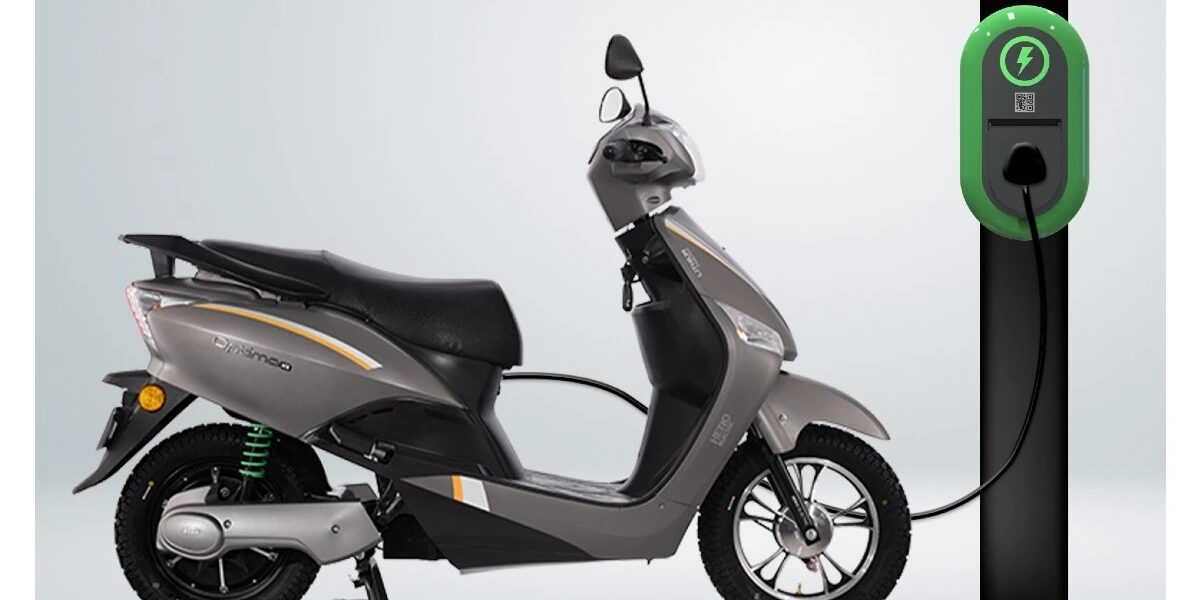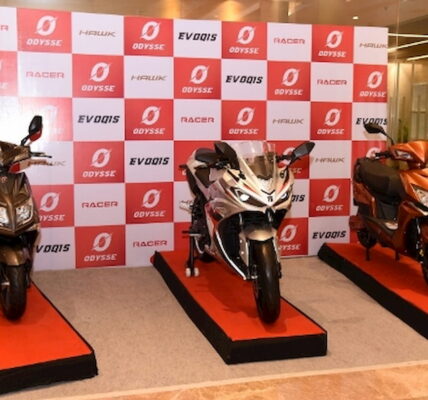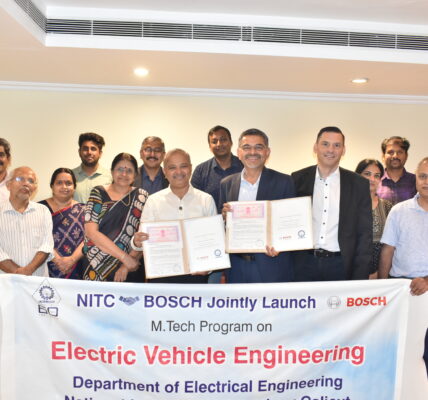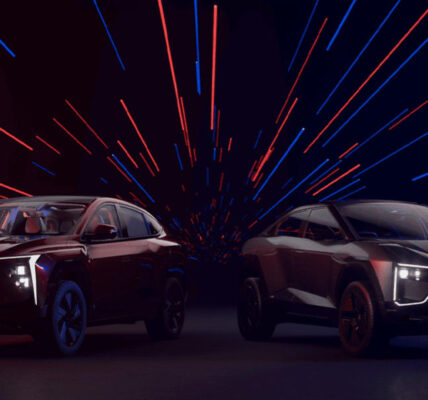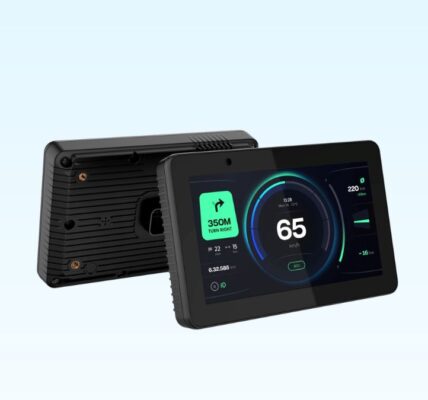No volume growth for three months in a row and declining demand have forced electric two-wheeler makers like Ola and Ather Energy to dish out discounts to entice customers even as they face heightened input cost challenges. Not only has the pace of new launches slowed down, thereby adding to defused consumer interest, models which hit the market a few days ago are also being offered at cash discounts.
According to registration data of new vehicles provided by the Federation of Automobile Dealers Association (FADA), electric two-wheeler sales in February stood at 65,700 units, which was in line with the trend of December and January with sales of around 64,300 units.
Ola electric, the country’s largest electric two-wheeler maker, cut prices of its flagship model S1 Pro by Rs 16,000 to Rs 127,999. Nil processing fees and nil down payment on loans, and heavily discounted cost of extended warranty are some of the additional schemes the Bengaluru-based startup is running to bring in buyers. Hero MotoCorp-backed Ather Energy, the country’s third-largest electric two-wheeler maker, is offering consumer benefits worth `17,000 on its scooters and ‘no-cost EMI loans’ of up to 12 months.
Okinawa Autotech, whose subsidy entitlements were withdrawn by the government early last year, saw a substantial increase in its product prices, leading to a significant drop in its volumes and increase in discounts. The struggling company was offering up to `8,750 discounts on its range. “We are giving subsidies only on the existing stock, there will be no subsidy for new stock,” said an Okinawa dealer in Mumbai.
Dealers of Greaves Cotton-backed Ampere are offering `5,000 cashback, extended warranty on the newly-launched Primus, which is yet to even reach showrooms. Jitendra EV Tech, a budget electric two-wheeler maker, is offering a `6,000 discount on its models. Both Ampere and Jitendra are impacted by the stoppage of the government subsidy. “The electric two-wheeler segment priced above `100,000 can draw only a limited set of customers. India’s two-wheeler market overall is not very big in the premium segment and this is what is showing in sales numbers. In addition, battery replacement cost is also playing big time in the minds of the customers,” said a supplier of components to EV makers who was asked to scale down supplies in view of the dip in demand. “We are hardly getting any new orders for batteries, we have scaled down our business substantially in the last four months,” said an EV battery pack producer.
The lull in demand is likely to upset the production projections made by the same companies for the upcoming months. TVS Motor Company, the country’s second-largest electric two-wheeler maker, had plans to hit 25,000 units a month by March but it managed to sell less than half the figure in February. Similarly, Ather Energy had spoken about plans to increase capacity to 20,000 units by March, however, it sold around 9,000 units in February.
While Ola Electric has plans to hit a 1-million production run rate a year by November this year, it managed to sell 17,700 units in February, translating to an annualized figure of 212,000 units. The industry is already understood to be preparing for operating business without subsidy. Recent news reports stated that the government is in favor of not extending the subsidy programme under the Faster Adoption and Manufacturing of Electric and Hybrid vehicles (FAME).


